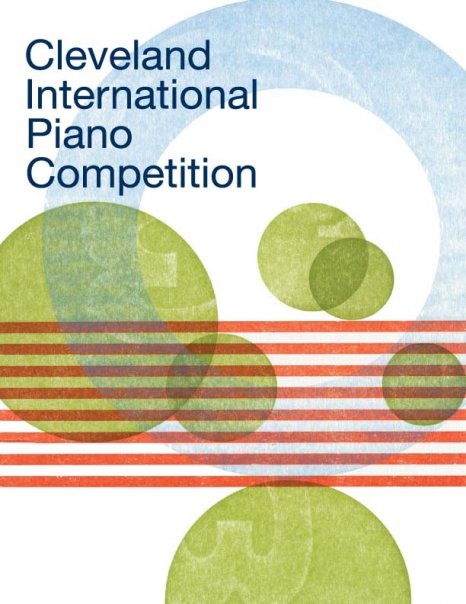
Of course, one on one combat isn’t the name of the game at the Cleveland International Piano Competition, so we’ll let the comparison rest there. Still, after hearing six pianists in the very first round this afternoon, we’ve already identified some players we want to watch as the competition progresses, both to see if some hold on to the very positive impression they gave today and to see if others can relax, open up and show themselves off to better advantage in their second appearance.
The standout on Monday afternoon was Kyoko Soejima (Japan), who grabbed our attention from the first notes of her stylish and smiling performance of Mozart’s D Major Sonata, K. 576, and went on to make a fine impression with real, developed and audience ready performances of Chopin’s Etude op. 10, no. 1 and the Andante Spianato and Grand Polonaise in E-flat. Hoang Pham (Australia) delivered a version of Bach’s long Partita in D that was remarkable for its clarity and self-possession (if a bit quirky in matters of ornamentation and articulation) and gave a similarly crystal clear account of Chopin’s Scherzo in E, op. 54. Olga Kozlova (Russia) hovered purposefully over the keyboard and brought amazing volumes of sound out of Steinway No. 2; it will be interesting to hear her in different repertory (her Beethoven Sonata op. 111 was hugely wrought, or should we say somewhat overwrought).
Anna Shelest, the lucky contestant who drew the opening slot in the first round, played a good set of Chopin, Ligeti & Beethoven op. 109, a bit overpedaled, perhaps through nerves. We want to hear her again. Yekwon Sunwoo (Korea) also seemed a bit tight, but demonstrated a fine sense of musicality in Beethoven’s ‘Les Adieux’ Sonata. Jae Weon Huh (Korea) sounded young and less experienced in his first outing, producing a Beethoven ‘Appassionata’ Sonata which was intense but uncontrolled, but his choice of Takemitsu’s impressionistic Rain Tree Sketch II in the first round made a nice contrast to all the Beethoven and Chopin.
Not much repertory is being repeated in this competition, so it was fun to hear two versions of Chopin’s ‘Winter Wind’ Etude in the same afternoon. Olga Kozlova whipped up a Russian maelstrom, while Yekwon Sunwoo’s hibernal breeze was more restrained.
Everybody here, of course, has fine piano chops. You don’t get this far in your career if you don’t. Past that, it’s fun comparing playing styles (assisted by the new video projection above the stage which shows the players up close from four different angles). Some sit on the edge of the bench (there were two to choose from) and reach far forward. Some, like Olga Kozlova, sit close and hunch up over the keys. Some play flat fingered, others curved, some toward the front and some toward the back of the keys. And there will be 27 more to compare soon.



